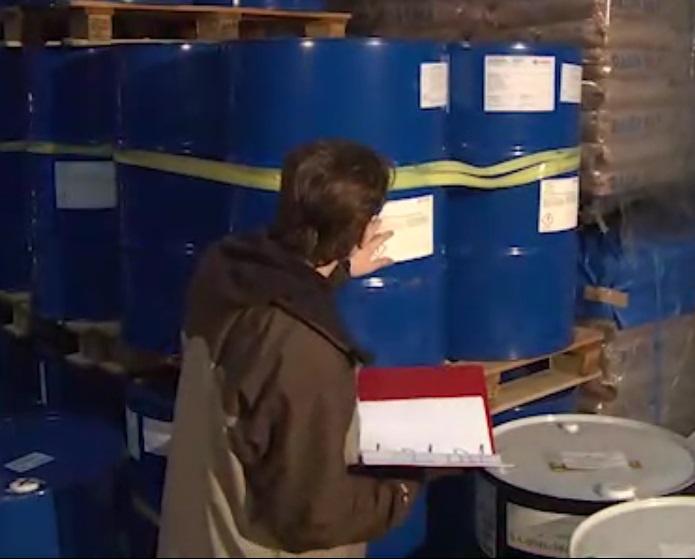Folks, if you’re a business owner, manager, or your company’s safety officer, you’ve got a big responsibility on your shoulders. It’s up to you to make sure your employees are working in a safe and healthy environment, and that means understanding the hazards that exist in your workplace and having a system in place to communicate them to your crew. This system is called Hazard Communication, or HAZCOM for short.
Now, I’m a big believer in making things simple, so let me break it down for you. HAZCOM is all about letting your employees know about any hazardous materials or substances they might be dealing with on the job. It’s part of a larger program from the Occupational Safety and Health Administration (OSHA) called the Hazard Communication Standard (HCS), which has been around since 1983. The HCS requires employers to give their employees the information they need to handle these hazardous materials safely and to train them how to do it.
Why is HAZCOM so important? Well, for starters, hazardous materials are everywhere in the workplace. It’s vital that your employees know what they’re dealing with and how to handle it safely. But HAZCOM isn’t just about protecting your employees. It’s also about protecting the environment, avoiding fines and penalties, and maintaining a good reputation with your customers, employees, and the community.
So, what are the benefits of having a HAZCOM program in place? Improved employee safety, better compliance with regulations, enhanced productivity, improved environmental protection, and a better reputation. That’s a pretty impressive list, if you ask me.
So, how do you get started with HAZCOM? First, identify all the hazardous materials and substances in your workplace. Then, create a comprehensive hazard communication program that includes labeling and marking containers, providing Material Safety Data Sheets (MSDSs), and training your employees. Make sure to train your employees on an ongoing basis and regularly review and update your program.
For a demo of the Online Training System or to preview any of the available topics click here
And here’s a pro-tip: use online training to make sure your employees are getting the best education possible. With interactive courses and full-motion HD video filmed in real-life workplace settings, your employees will learn more and retain the information better than they would with traditional training methods. Plus, tracking and recording test scores makes it easy for you to monitor your employees’ progress.
Folks, let me tell you about these online safety courses that Online Safety Trainer has got cookin’. These interactive courses are designed to keep you engaged and focused on the material, ’cause let’s face it, nobody wants to sit through a boring safety training session. These courses are built in a way that you gotta pay attention to keep moving through ’em, and that’s a good thing. They use full-motion HD video filmed in real-life work settings, and interactive quiz questions to keep you fully engaged and retainin’ the information.
And that’s not all, folks. These courses also have a pretty sweet feature called remediation training. If you miss a quiz question, you’re shown the video content with the answer right then and there. This means that the training is much more efficient and effective, and you can get back to work in no time.
Now, let’s talk about the variety of courses that Online Safety Trainer has to offer. They got adaptive learning courses, micro-learning courses, full-length interactive courses, and video streaming (VOD) courses. With over 170 courses on important topics like regulatory compliance, human resource topics, and general safety topics, you’re sure to find what you need. Some of the topics covered include forklift/powered industrial truck safety, lock-out/tag-out, hazard communication, personal protective equipment, respiratory safety, confined space entry, and hearing safety.
So, to wrap it all up, HAZCOM is a critical part of workplace safety and health, and it’s essential that you understand it and implement it in your workplace. It’ll protect your employees, the environment, and your bottom line, and it’ll give you peace of mind knowing that you’re doing the right thing.










